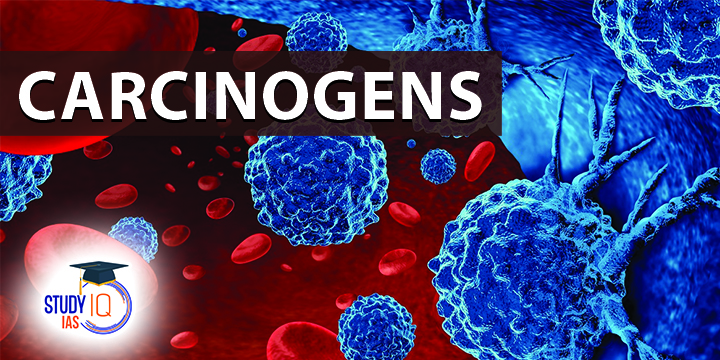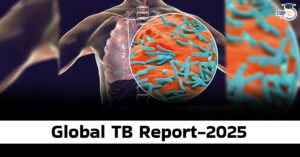Table of Contents
What is Carcinogens Mean
- The term “carcinogen” denotes a chemical substance or a mixture of chemical substances which may induce cancer or increase its incidence.
|
Categories of Carcinogens |
||
Chemical Carcinogens (including those from Biological Sources):
|
Physical Carcinogens:
|
Oncogenic (cancer-causing) Viruses:
|
- The International Agency for Research on Cancer (IARC), a branch of the World Health Organization that monitors cancer research, has listed more than 400 chemical agents as carcinogenic, probably carcinogenic, or possibly carcinogenic.
Carcinogen Benzene Effects
- Benzene: colorless or light yellow liquid at room temperature. It has a sweet odor and is highly flammable.
- Some industries use benzene to make other chemicals that are used to make plastics, resins, and nylon and synthetic fibers.
- Benzene is also used to make some types of lubricants, rubbers, dyes, detergents, drugs, and pesticides.

Why is Benzene used in Dry Shampoos?
- Spray-on personal-care products like dry shampoos often contain propellants like propane and butane, which are petroleum distillates made by refining crude oil.
- In a typical aerosol, the propellant is a gas under pressure above the content.
- The gas pushes down on the liquid, forcing it out of the valve when it is opened. The liquid is a mix of product and liquified gas.
- Some of the most common propellants in deodorant body spray are hydrocarbons, eg. Butane, isobutane, propane.
- Benzene is not intentionally added but appears as a contaminant while adding the other hydrocarbons.
Regulations on Chemicals used in Industries
- Registration, Evaluation, Authorisation and Restriction of Chemicals (REACH): A European Union regulation, REACH addresses the production and use of chemical substances, and their potential impacts on both human health and the environment.
- The Toxic Substances Control Act (TSCA): It a US law that requires reporting, record-keeping and testing requirements, and restrictions relating to chemical substances.
- Chemical Regulation in India: There is currently no REACH-like or TSCA-like regulations for chemicals in India. The two sets of regulations related to chemicals are:
- Manufacture, Storage And Import Of Hazardous Chemical (Amendment) Rules (2000)
- Ozone Depleting Substance (R&C) Rules (2000)


 Atlantic Meridional Overturning Circulat...
Atlantic Meridional Overturning Circulat...
 Data Protection Rules 2025: Key Features...
Data Protection Rules 2025: Key Features...
 Global TB Report 2025: India’s Progres...
Global TB Report 2025: India’s Progres...

























